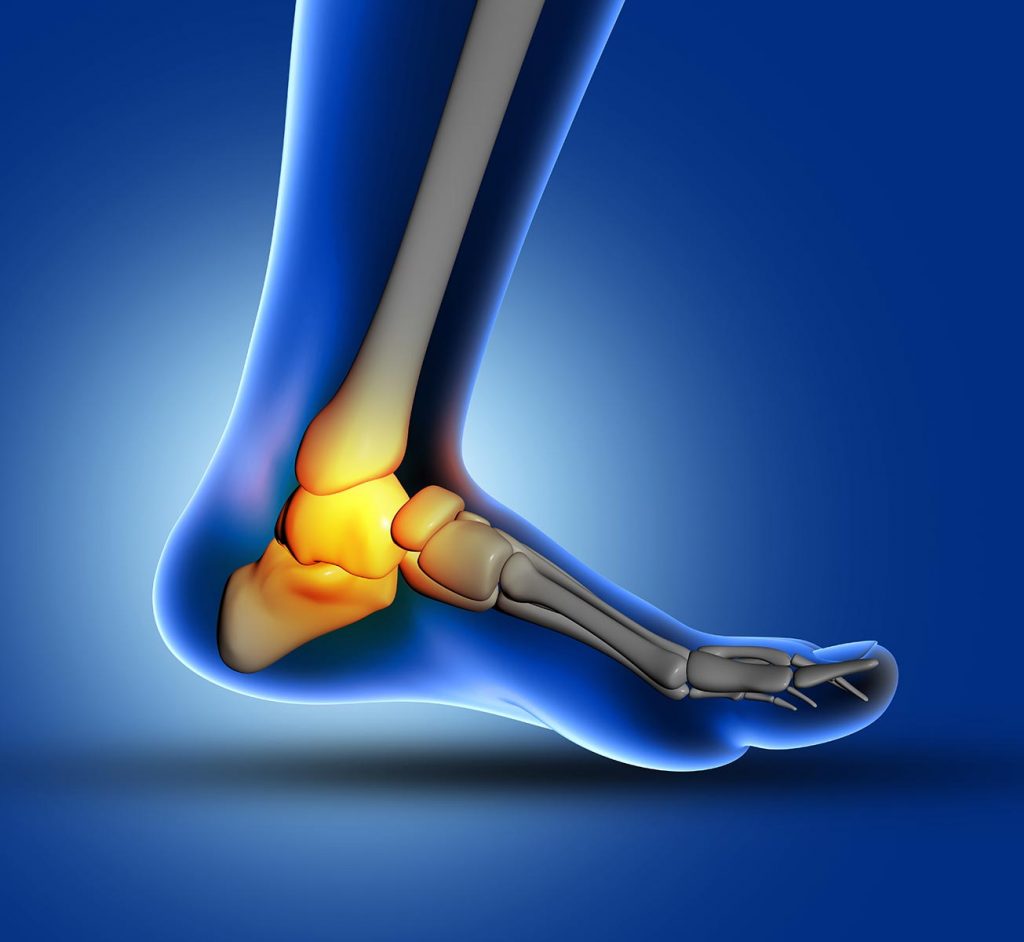Plantar Fasciitis
![]()
Call (703) 520-1031 or use the form to send us your contacts.

What is Plantar Fasciitis?
Plantar fasciitis is aseptic (non-infectious) inflammation of plantar fascia. If you don’t know what that is, it is the connective tissue on the bottom of your foot that joins your heel bone to the toes. Besides, it is one of the most frequent causes of heel pain. Are you a runner? This is a common condition for you. People with weight problems and who wear shoes without the good support may also develop this condition.
Causes
Under normal circumstances, plantar fascia plays a role of a shock-absorbing bowstring that supports the arch of the foot. When tension and pressure on plantar fascia become too intense, the tissue of fascia tears and this provokes local inflammation and pain. However, there are many patients who suffer from plantar fasciitis that has no exact causes.
Symptoms
Plantar fasciitis typically causes a significant near the heel at the foot’s bottom. You usually hurt more in the morning, after exercise or after standing or sitting for a long period of time.
Treatment
Most cases of plantar fasciitis recover in several months with conservative treatments, that includes resting, icing the painful area and stretching.
- Conservative treatment.
Painkillers and anti-inflammatory drugs such as ibuprofen or naproxen can relieve the pain and inflammation associated with plantar fasciitis.
- Strengthening and stretching may provide some relief.
- Surgical or other procedures.
When above-mentioned methods have no positive effects and symptoms are still persisting for a few months, your physician may recommend more invasive methods for pain management. They include:
- Injecting steroid medications into the tender area can provide reducing inflammation and temporary pain relief.
- In rare cases, patients may need surgical intervention to separate the plantar fascia from the heel bone. This treatment option is only used as a last resort when nothing else has provided pain relief.
What exercises help plantar fasciitis?
An easy exercise you can do is rolling your foot over a tennis ball or lacrosse ball for approximately 10 minutes. To ice the foot at the same time, use a frozen water bottle or can. Another exercise is doing calf stretches while standing on the ball of the foot on the edge of the step. Lower the heel down, hold 45 seconds, and repeat three times. The standing calf stretch is effective also. The towel stretch exercise involves placing a towel under the foot and pulling both ends of the towel towards you. Hold the stretch for 30-45 seconds and repeat three times.
What exercises can I do with plantar fasciitis?
The goal of exercises for plantar fasciitis is to stretch the plantar fascia, the inflamed ligament causing the pain. One recommended exercise is to sit in a chair and roll your foot back and forth over a foam roller, tennis ball, frozen water bottle or ice-cold can. Do the rolling exercise for about 10 minutes a session. Another exercise is to sit in a chair and place a folded towel under the foot’s arch. Holding both ends of the towel, gently pull the towel towards you, hold for 30-45 seconds, and release. Repeat the exercise three times.
When plantar fasciitis won’t heal?
Sometimes, the plantar fascia does not heal. After several months, more aggressive treatments are undertaken. One is the injection of steroid medication into the painful area to relieve the pain temporarily. Other options include ultrasonic tissue repair in which a needle-like probe is guided through ultrasound imaging into the injured tissue. The probe tip rapidly vibrates to break up the damaged tissue. The tissue remnants are then suctioned out. A last-resort treatment is a surgery to detach the plantar fascia from the heel bone.
How can I treat plantar fasciitis at home?
Over-the-counter medications for pain may help ease inflammation and pain. Other home treatments include doing stretching exercises for the plantar fascia and the Achilles tendon. Exercises include rolling the foot back and forth over a tennis ball or some other round object, like a frozen water bottle. Applying ice to the painful area and wearing a night splint to stretch the calf and arch of the foot while sleeping is other home therapies. Also, be sure to wear shoes with good arch support.
How to quickly treat plantar fasciitis?
There is really no way to quickly treat plantar fasciitis because the plantar fascia, a thick band of tissue, needs time to heal. However, you can do some simple things to help manage the pain and to encourage healing. They include wearing shoes with good arch support, icing the painful foot area several times a day, and doing arch stretching exercises, like running the foot back and forth over a tennis ball or frozen water bottle.
What kind of shoes to wear with plantar fasciitis?
The best shoes to wear with plantar fasciitis are ones with good arch support because the arch support takes the pressure off the heel. Other shoe features that can help ease this condition’s discomfort are heel support and a flexible midfoot with a firm sole. If you do not want to buy new shoes, you can buy off-the-shelf removable insoles for arch support.
